Seven astronauts boarded the space shuttle Discovery, hoping for a break in gusty Florida winds and the start of a complicated mission to rewire the International Space Station.
Updated at 7.40 am:
Irene Klotz
CAPE CANAVERAL (Florida): The United States space shuttle Discovery's two rocket boosters separated from the orbiter Saturday, two minutes into its night launch toward the International Space Station.
The shuttle later rocketed into orbit.
Earlier, seven astronauts boarded the space shuttle, hoping for a break in gusty Florida winds and the start of a complicated mission to rewire the ISS.
Discovery blasted off from the Kennedy Space Center in NASA's first launch after sunset since before the 2003 Columbia disaster.
Managers recently lifted the ban on night launches, imposed to ensure cameras had good lighting to spot debris falling off the shuttle's fuel tank.
Debris hit Columbia during launch and caused damage that led to the shuttle's breakup as it returned through the atmosphere for landing, killing all seven crew aboard.
As the Discovery astronauts made their way into the shuttle, forecasters upgraded the weather outlook a bit, but still predicted a 60 percent chance that high winds or clouds would keep the shuttle grounded until at least Sunday.
Poor weather forced NASA to cancel the shuttle's first launch attempt on Thursday.
''Here we go again,'' launch commentator Bruce Buckingham said as the crew headed toward a van for the ride to the seaside launch pad.
Earlier on Saturday, the astronauts enjoyed a pre-launch meal of lobster, steak and salmon. The two Europeans aboard -- Sweden's Christer Fuglesang and London-born Nicholas Patrick -- opted for hamburgers and fries.
Sunita Williams, who will stay behind on the space station after the shuttle departs, made do with lighter fare: a grilled cheese sandwich and tomato soup.
NASA hopes to get its third and final shuttle mission of the year airborne before December 17 and avoid a potentially troublesome and time-consuming effort to update Discovery's computers during flight to accommodate the transition to the new year.
The shuttle's computers, not designed to fly through a year-end rollover, would fall out of sync with ground-based systems.
The goal of Discovery's 12-day flight, which would be the 117th in shuttle program history, is to rewire the International Space Station so partner laboratories built by Europe and Japan can be installed next year.
The crew was strapped in and ready for an initial launch attempt on Thursday night but a thick ceiling of clouds failed to part before the Earth rotated out of position for Discovery to reach the space station.
Friday's weather was too poor to even attempt a launch. NASA needs good visibility to track the shuttle at liftoff, and the winds have to be calm enough to permit a landing in case of an emergency.
The crew includes five first-time fliers: Fuglesang, Patrick, Williams, Joan Higginbotham and pilot William Oefelein. In command is Mark Polansky, who is making his second flight. Robert Curbeam, the flight engineer and lead spacewalker, is flying for the third time.
Landing will be targeted for December 21 at the Kennedy Space Center.
![submenu-img]() DNA TV Show: Indian Army's 'Operation All-Out' in J-K ahead of Assembly Polls
DNA TV Show: Indian Army's 'Operation All-Out' in J-K ahead of Assembly Polls![submenu-img]() Deepinder Goyal's Zomato gets Rs 45900000 notices from two states for...
Deepinder Goyal's Zomato gets Rs 45900000 notices from two states for...![submenu-img]() 'Going on record...': Zaheer Khan bats for controversial rule in IPL amid mixed reactions from Rohit, Kohli
'Going on record...': Zaheer Khan bats for controversial rule in IPL amid mixed reactions from Rohit, Kohli![submenu-img]() Paris Paralympics: Archer Sheetal Devi finishes second in compound ranking round, misses world record by...
Paris Paralympics: Archer Sheetal Devi finishes second in compound ranking round, misses world record by...![submenu-img]() ‘Come quickly...': Audio clips of phone calls from RG Kar Hospital to victim's father spark fresh controversy
‘Come quickly...': Audio clips of phone calls from RG Kar Hospital to victim's father spark fresh controversy![submenu-img]() Weather Report: Delhi-NCR में आज होगी रिमझिम बारिश, गुजरात में बाढ़ ने मचाई तबाही, जानें देशभर में कहां बरसेंगे बादल
Weather Report: Delhi-NCR में आज होगी रिमझिम बारिश, गुजरात में बाढ़ ने मचाई तबाही, जानें देशभर में कहां बरसेंगे बादल ![submenu-img]() गुजरात में बारिश का तांडव, अब तक 32 लोगों की मौत, बाढ़ की चपेट में 18 जिले, हेलिकॉप्टर से रेस्क्यू
गुजरात में बारिश का तांडव, अब तक 32 लोगों की मौत, बाढ़ की चपेट में 18 जिले, हेलिकॉप्टर से रेस्क्यू![submenu-img]() राहुल गांधी से किशोरी लाल शर्मा तक... लोकसभा चुनाव में कांग्रेस के किस नेता पर कितना पैसा हुआ खर्च, जानें
राहुल गांधी से किशोरी लाल शर्मा तक... लोकसभा चुनाव में कांग्रेस के किस नेता पर कितना पैसा हुआ खर्च, जानें![submenu-img]() शिवाजी स्टैच्यू विवाद ने महायुति के बीच बढ़ाई टेंशन, शिंदे-अजीत मांग रहे माफी, BJP फोड़ रही ठीकरा
शिवाजी स्टैच्यू विवाद ने महायुति के बीच बढ़ाई टेंशन, शिंदे-अजीत मांग रहे माफी, BJP फोड़ रही ठीकरा![submenu-img]() Farrukhabad Death Case : 'जिसका वजन �ज्यादा वो ऊपर कैसे है...' पेड़ पर लटकी मिली दो लड़कियों के शव पर पिता के आरोप
Farrukhabad Death Case : 'जिसका वजन �ज्यादा वो ऊपर कैसे है...' पेड़ पर लटकी मिली दो लड़कियों के शव पर पिता के आरोप ![submenu-img]() Days after ex-IAS trainee Puja Khedkar case, UPSC to use this method for candidates’ verifications
Days after ex-IAS trainee Puja Khedkar case, UPSC to use this method for candidates’ verifications![submenu-img]() Meet IITian, who left his high-paying job at Samsung for UPSC exam, became IAS officer, secured AIR...
Meet IITian, who left his high-paying job at Samsung for UPSC exam, became IAS officer, secured AIR...![submenu-img]() Meet woman who cracked UPSC exam twice, her husband and brother are IAS officers, she is now posted as…
Meet woman who cracked UPSC exam twice, her husband and brother are IAS officers, she is now posted as…![submenu-img]() Meet girl, bus driver's daughter who cracked NEET-UG in second attempt, she scored...
Meet girl, bus driver's daughter who cracked NEET-UG in second attempt, she scored...![submenu-img]() Meet woman who cracked UPSC exam in third attempt, became IPS officer, known as 'Lady Singham' for...
Meet woman who cracked UPSC exam in third attempt, became IPS officer, known as 'Lady Singham' for...![submenu-img]() Tripura Floods: 12 Killed, Over 300 Rescued As Heavy Rains Causes Severe Flooding In Tripura
Tripura Floods: 12 Killed, Over 300 Rescued As Heavy Rains Causes Severe Flooding In Tripura![submenu-img]() Kolkata Doctor Murder: Are Indian Rape Laws Enough? Public Opinion On Stricter Measures
Kolkata Doctor Murder: Are Indian Rape Laws Enough? Public Opinion On Stricter Measures![submenu-img]() PM Modi In Poland: Calls For 'Restoration Of Peace' Amid Russia-Ukraine War | Warsaw
PM Modi In Poland: Calls For 'Restoration Of Peace' Amid Russia-Ukraine War | Warsaw![submenu-img]() Neeraj Chopra Bags Second Spot In Lausanne Diamond League 2024, Surpasses Paris Olympic Throw
Neeraj Chopra Bags Second Spot In Lausanne Diamond League 2024, Surpasses Paris Olympic Throw![submenu-img]() Surat Metro Construction Mishap: Crane Topples Onto Vacant Building, No Casualties Reported
Surat Metro Construction Mishap: Crane Topples Onto Vacant Building, No Casualties Reported![submenu-img]() Neeraj Chopra, Manu Bhaker, Vinesh Phogat: How much did brand value of star athletes jump after Paris Olympics?
Neeraj Chopra, Manu Bhaker, Vinesh Phogat: How much did brand value of star athletes jump after Paris Olympics?![submenu-img]() Manu Bhaker wants to spend time with this Indian sportsperson and it's not Neeraj Chopra
Manu Bhaker wants to spend time with this Indian sportsperson and it's not Neeraj Chopra![submenu-img]() Neeraj Chopra's net worth before Olympics was Rs 25 cr, Arshad's net worth was Rs 80 lakh, their current net worth is...
Neeraj Chopra's net worth before Olympics was Rs 25 cr, Arshad's net worth was Rs 80 lakh, their current net worth is...![submenu-img]() Vinesh Phogat's net worth was just Rs 5 crore before Paris Olympics, her current net worth is Rs…
Vinesh Phogat's net worth was just Rs 5 crore before Paris Olympics, her current net worth is Rs…![submenu-img]() What is the price, length and weight of Neeraj Chopra and Olympic gold medalist Arshad Nadeem's javelin?
What is the price, length and weight of Neeraj Chopra and Olympic gold medalist Arshad Nadeem's javelin?![submenu-img]() Called first lady of Indian cinema, this actress left husband to elope with her co-star, married Russian painter; then..
Called first lady of Indian cinema, this actress left husband to elope with her co-star, married Russian painter; then..![submenu-img]() 5 symptoms of colon cancer to never ignore
5 symptoms of colon cancer to never ignore![submenu-img]() From Naukuchital to Solan: Top 5 hill stations in North India for a weekend rewind
From Naukuchital to Solan: Top 5 hill stations in North India for a weekend rewind![submenu-img]() Foods that can develop cancer-causing chemicals when overcooked
Foods that can develop cancer-causing chemicals when overcooked ![submenu-img]() One of the biggest box office flops lost Rs 1100 crore, studio boss was fired, director went in hiding, star disappeared
One of the biggest box office flops lost Rs 1100 crore, studio boss was fired, director went in hiding, star disappeared![submenu-img]() ‘Come quickly...': Audio clips of phone calls from RG Kar Hospital to victim's father spark fresh controversy
‘Come quickly...': Audio clips of phone calls from RG Kar Hospital to victim's father spark fresh controversy![submenu-img]() Pakistan formally invites PM Modi to Islamabad for SCO meeting
Pakistan formally invites PM Modi to Islamabad for SCO meeting![submenu-img]() Gujarat rains: IMD predicts extremely heavy rainfall in Saurashtra, Kutch, several other regions till...; check forecast
Gujarat rains: IMD predicts extremely heavy rainfall in Saurashtra, Kutch, several other regions till...; check forecast![submenu-img]() INS Arighat: India's second nuclear-powered submarine commissioned, check specifications here
INS Arighat: India's second nuclear-powered submarine commissioned, check specifications here![submenu-img]() Assam passes Bill abolishing Muslim marriages, divorce act, mandates govt registration, CM Himanta says ‘next target..'
Assam passes Bill abolishing Muslim marriages, divorce act, mandates govt registration, CM Himanta says ‘next target..'![submenu-img]() Malayalam cinema's sexual abuse scandal explained: How sexual assault of star in 2017 led to Mollywood's #MeToo moment
Malayalam cinema's sexual abuse scandal explained: How sexual assault of star in 2017 led to Mollywood's #MeToo moment![submenu-img]() Jammu and Kashmir Assembly elections: What is delimitation that paved the road for these Elections?
Jammu and Kashmir Assembly elections: What is delimitation that paved the road for these Elections?![submenu-img]() Wings of Refuge: Rafales escort Hasina to safety
Wings of Refuge: Rafales escort Hasina to safety![submenu-img]() Bangladesh in a crisis: A coup, protests and a fleeing Prime Minister
Bangladesh in a crisis: A coup, protests and a fleeing Prime Minister![submenu-img]() DNA Explainer: What is Waqf Board Act and why does Modi government want to amend it?
DNA Explainer: What is Waqf Board Act and why does Modi government want to amend it?



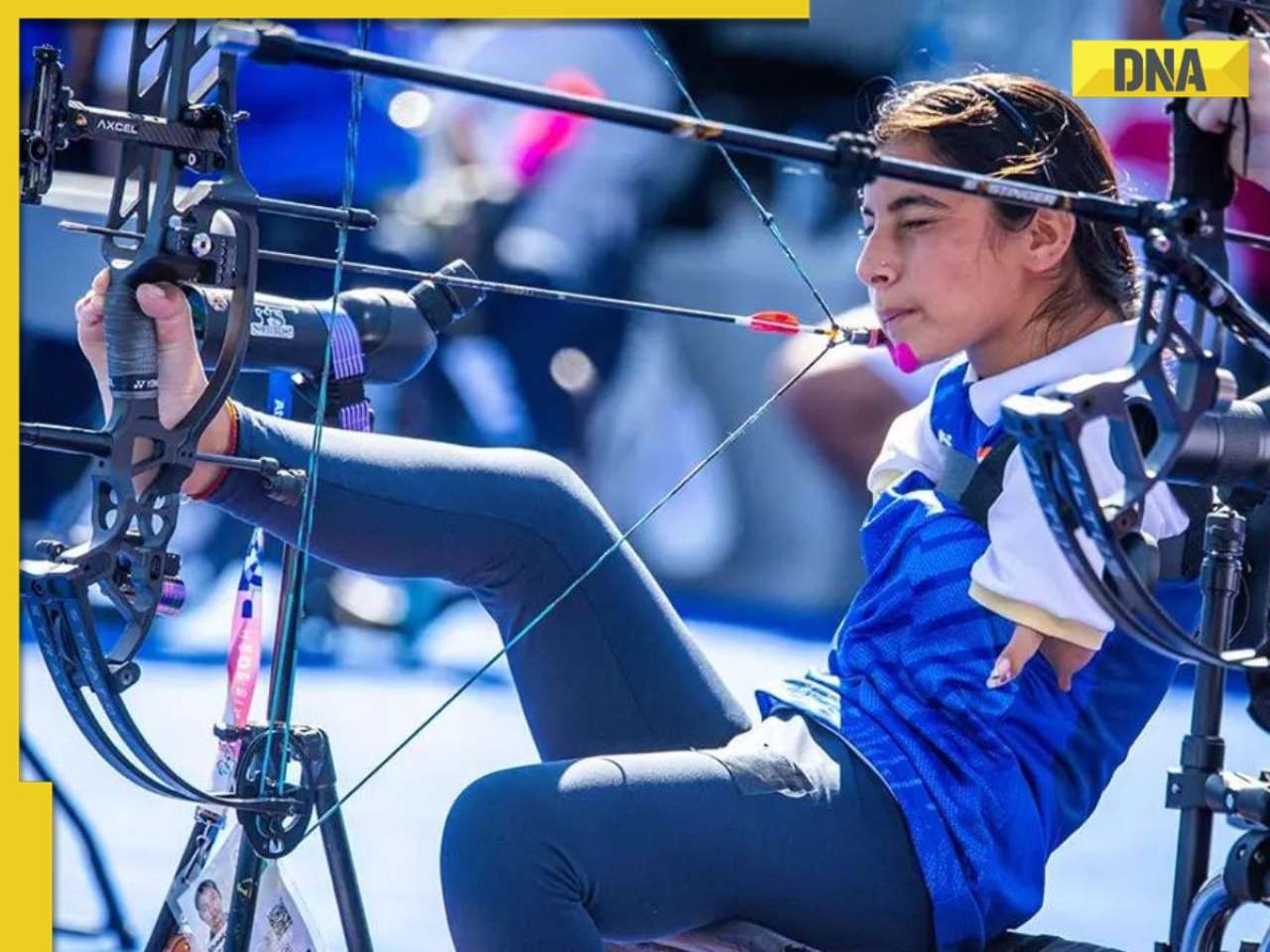











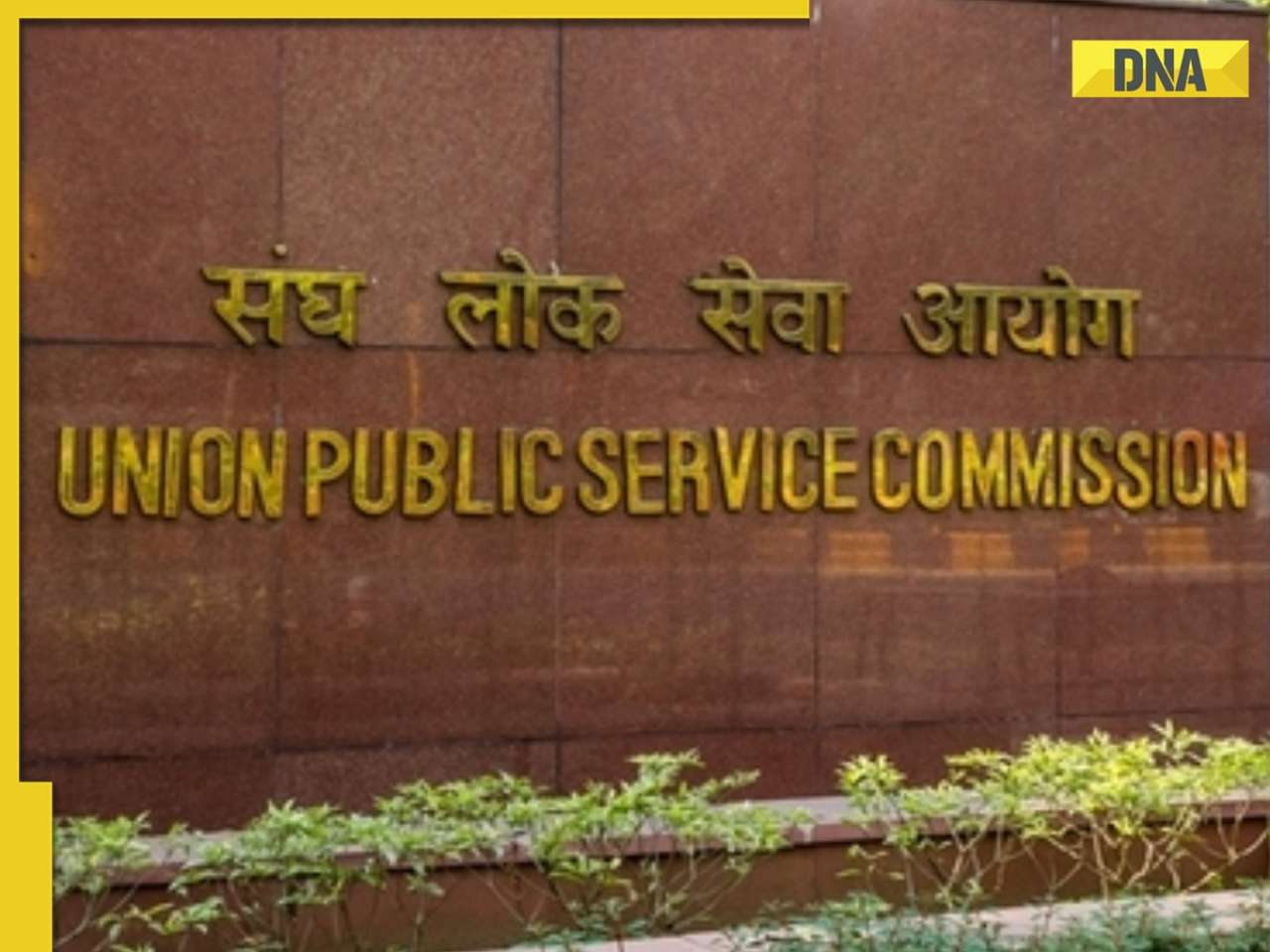
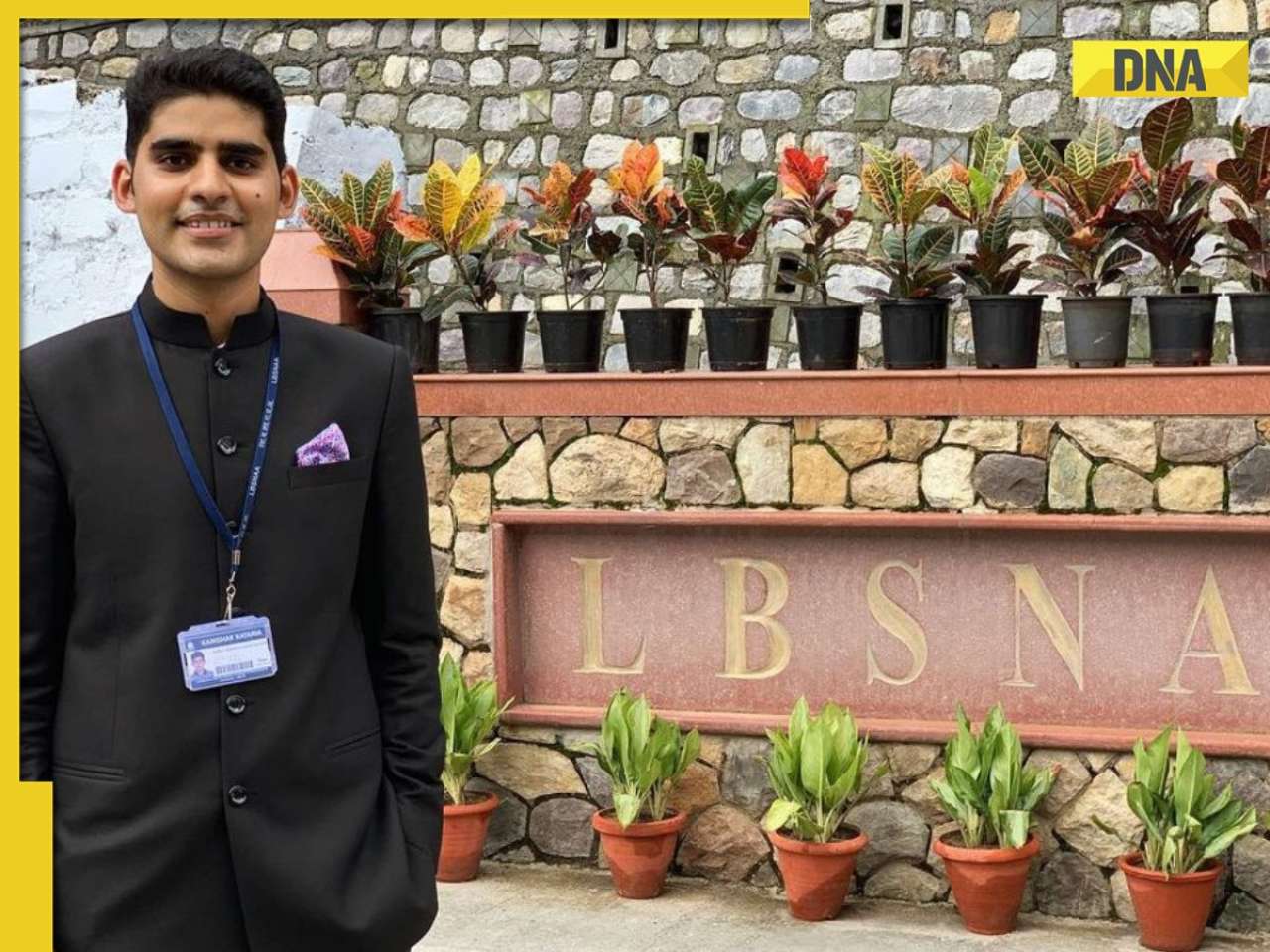



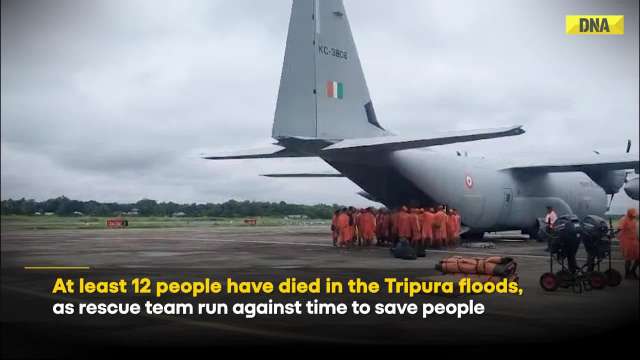
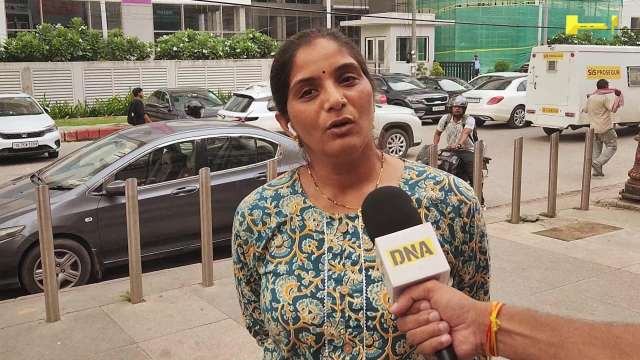















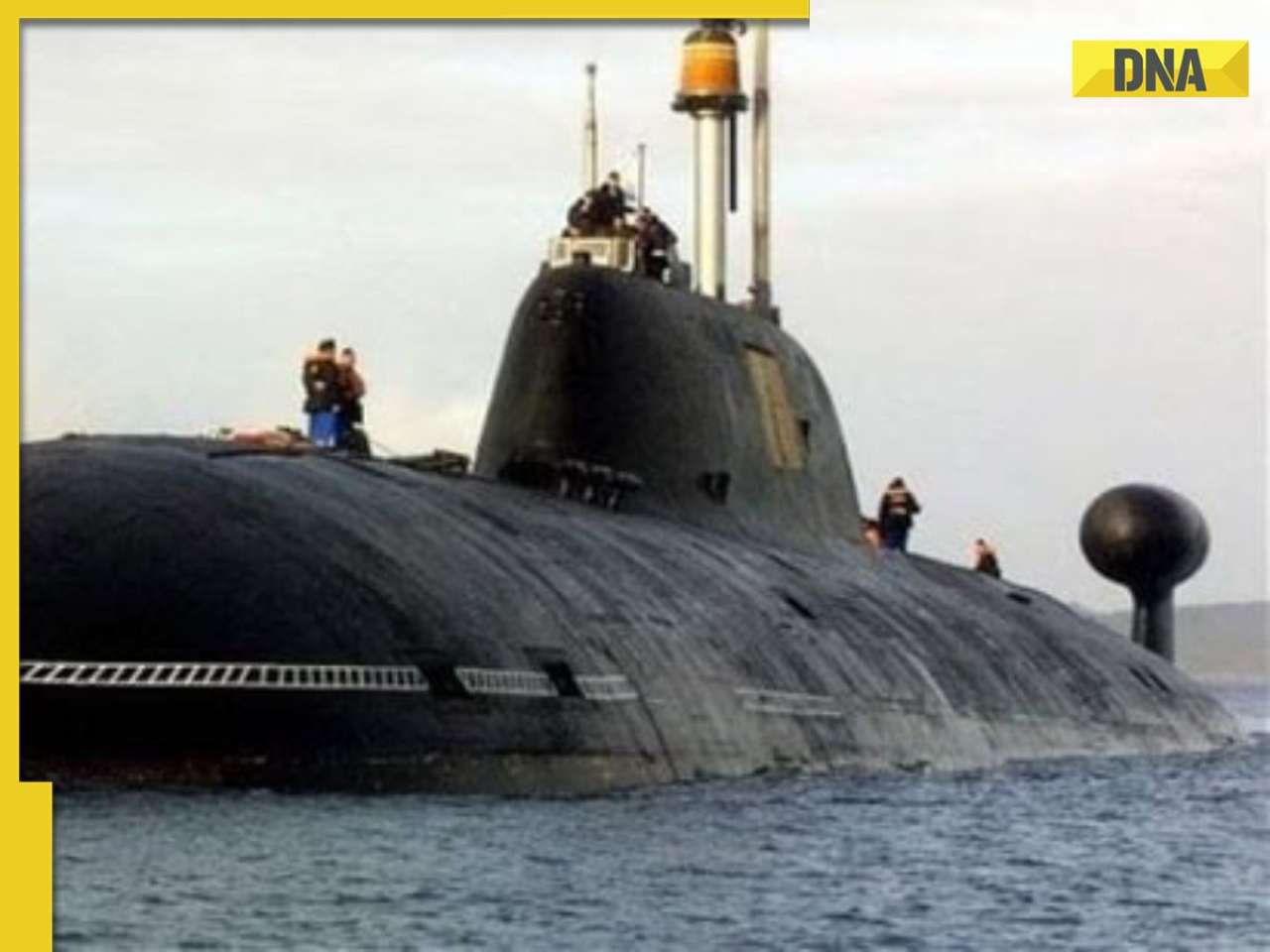
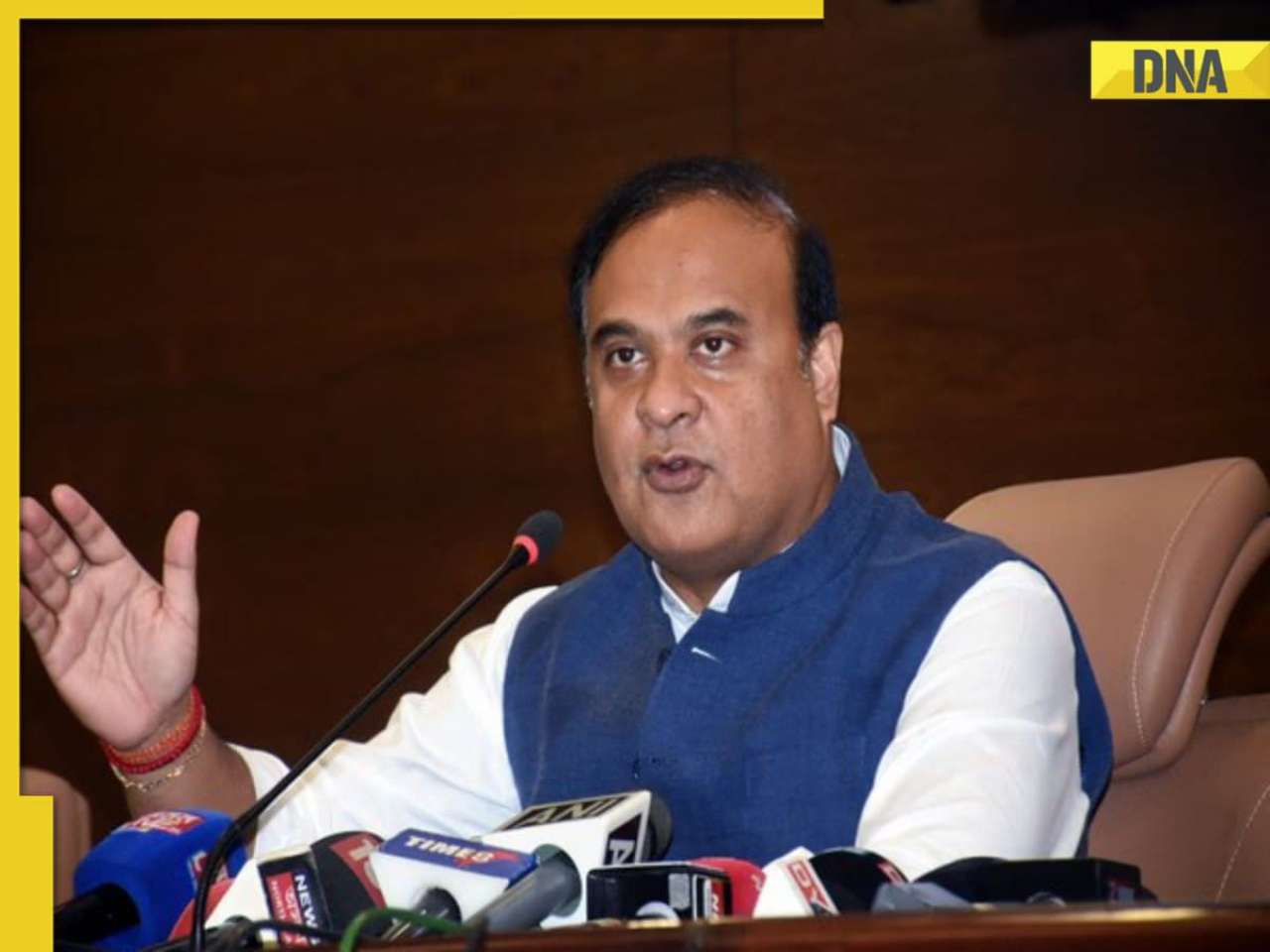
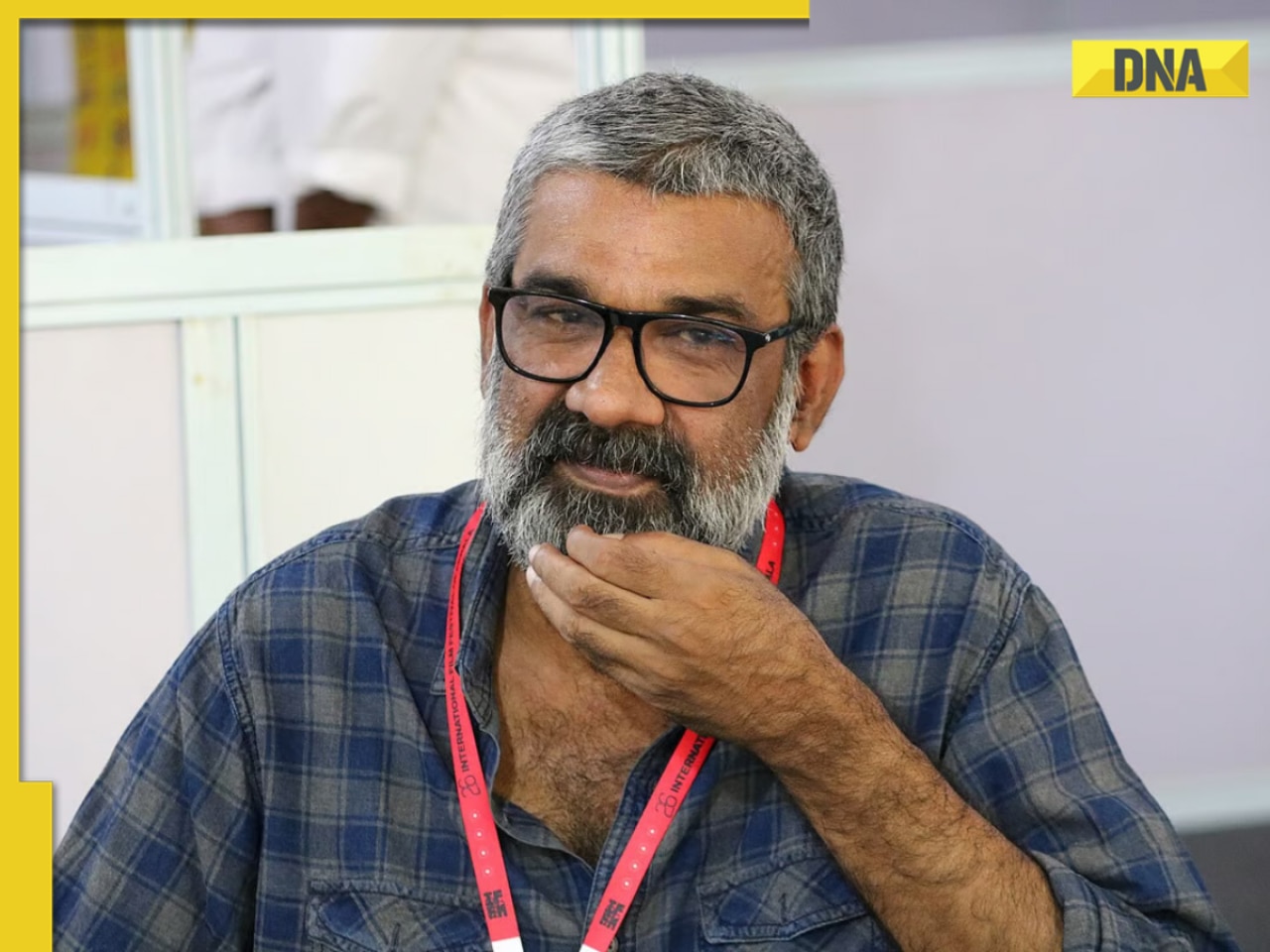
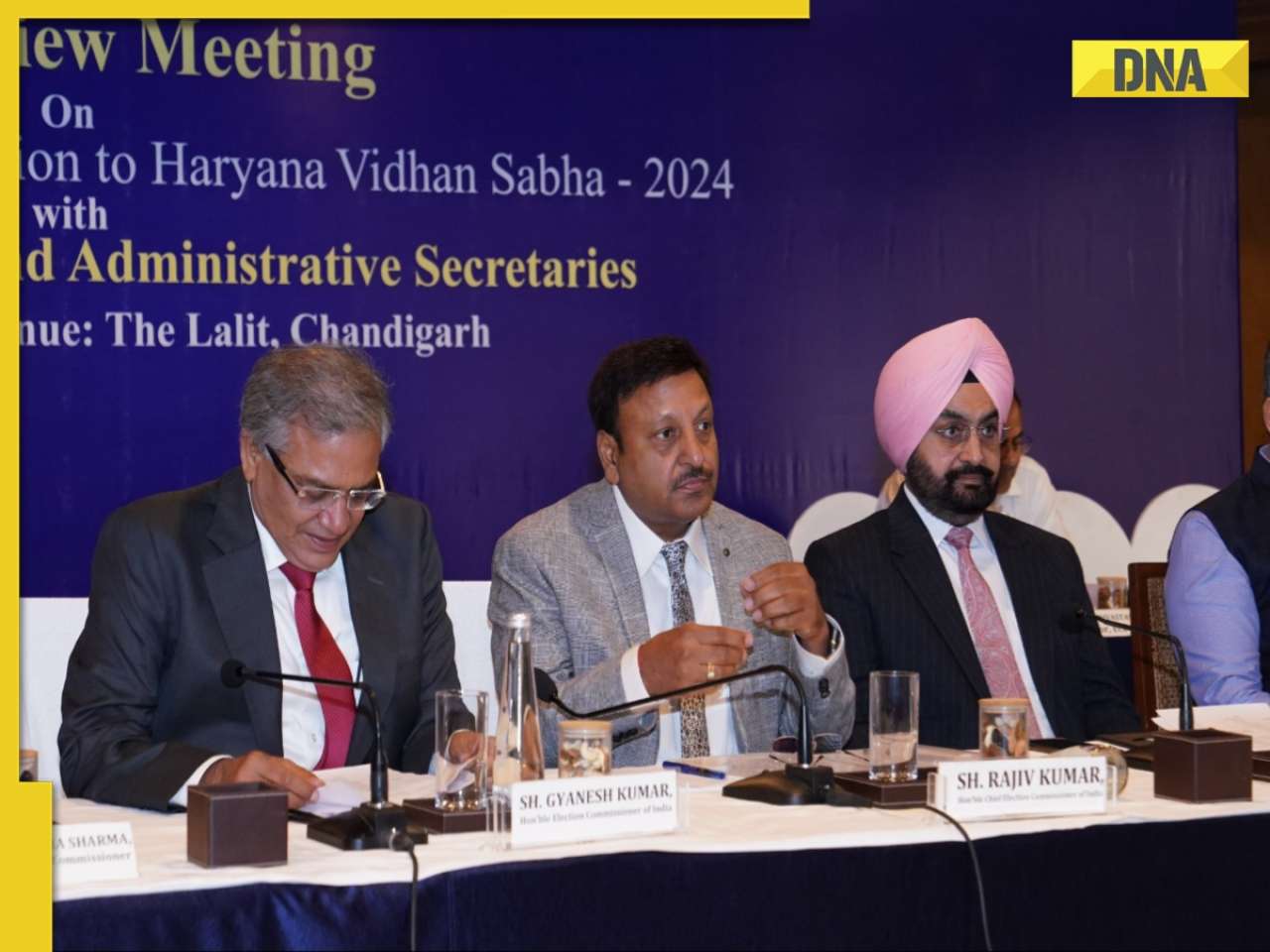
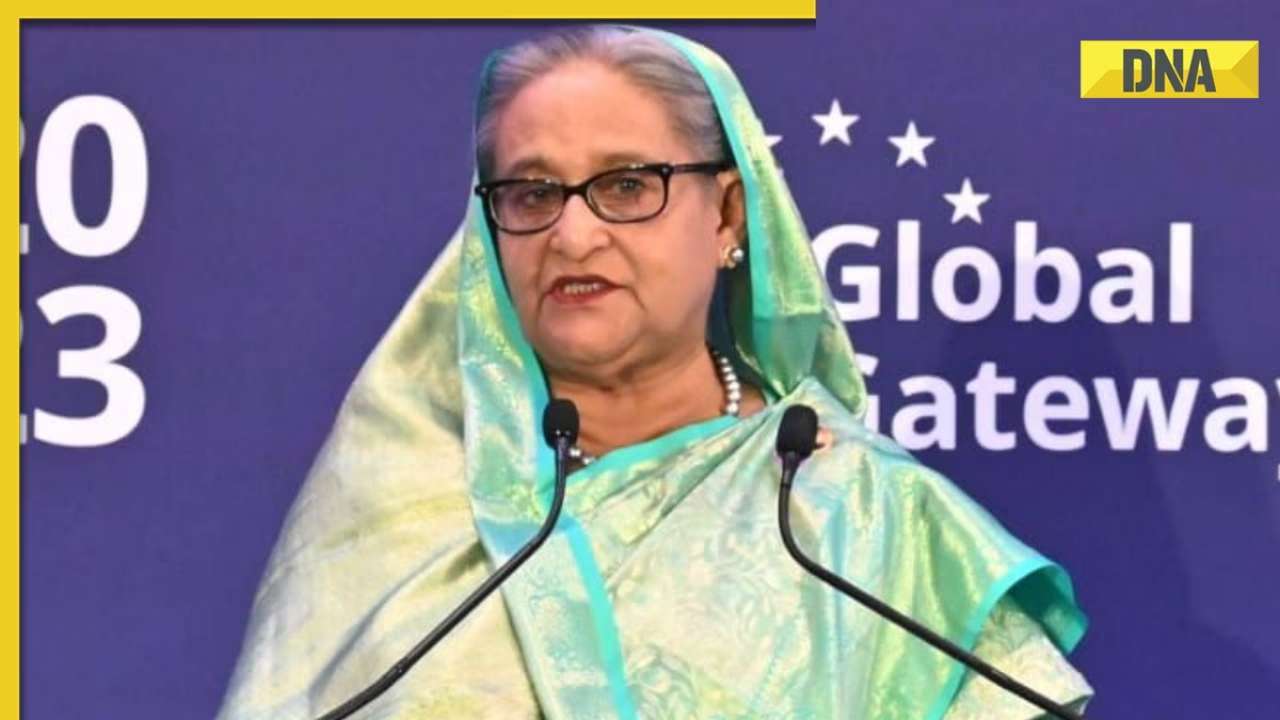




)
)
)
)
)
)
)
)
)
)
)
)
)
)





)
)
)
)
)
)